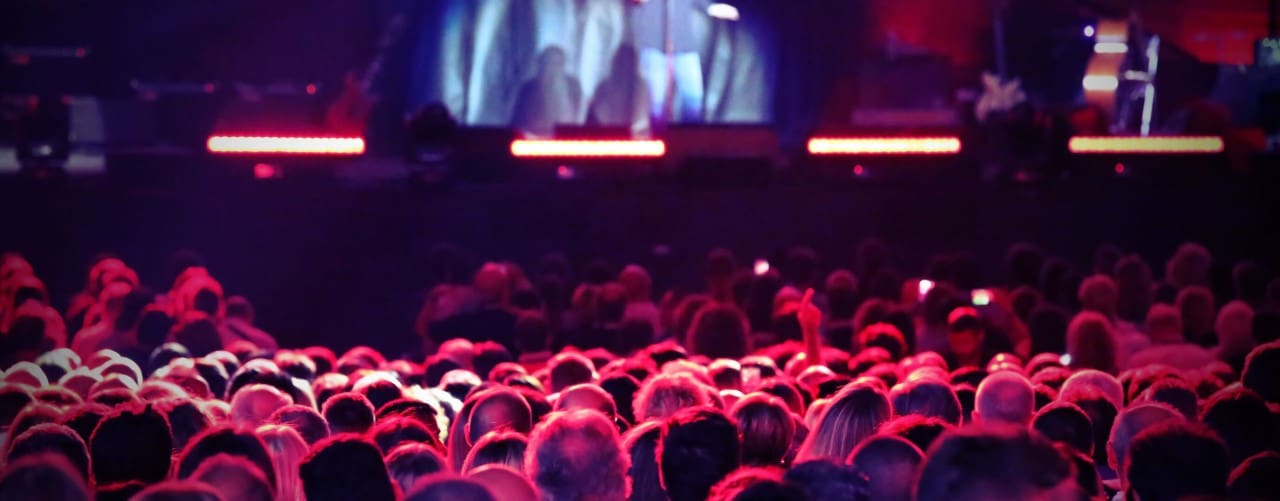The Role of Industrial Stage Design in Modern Theatre Productions
The Role of Industrial Stage Design in Modern Theatre Productions
Industrial stage design plays a crucial role in shaping theatrical productions, using innovative techniques to enhance storytelling and create immersive experiences for audiences. This form of stage design blends technical expertise with artistic vision, using robust materials, advanced machinery, and architectural concepts to construct immersive environments that support the narrative and engage the audience in profound ways.
What is Industrial Stage Design?
Industrial stage design refers to the use of industrial materials, engineering principles, and large-scale construction techniques in the development of theatre sets. This design approach prioritises durability, functionality, and adaptability, often incorporating steel frameworks, hydraulic systems, and mechanical components to create dynamic and versatile stage environments. This contrasts with more traditional set designs that may rely on lighter, more decorative elements. Industrial stage design offers the ability to create grand, imposing sets that reflect the scale and complexity of modern productions.
Enhancing Storytelling Through Design
In any theatrical production, storytelling remains at the heart of the performance. The role of industrial stage design is to support and amplify this storytelling by providing a physical context that enhances the audience’s understanding of the narrative. Whether it’s a futuristic dystopian world or a gritty urban landscape, the design of the stage sets the tone for the entire production.
The use of industrial materials allows for the construction of large, complex structures that can shift, move, and adapt throughout the performance. This flexibility in stage design gives directors and designers the freedom to experiment with space and time, creating fluid transitions between scenes and environments without interrupting the flow of the narrative. The integration of mechanical elements also enables dynamic movements within the set, adding an extra layer of interaction that captivates the audience.
The Impact of Technology in Modern Productions
One of the defining features of industrial stage design is its seamless integration with modern technology. Theatre productions today often utilise sophisticated lighting rigs, automated scenery, and projection systems to create immersive environments that go beyond traditional stagecraft. Industrial stage designs incorporate these technologies into the very fabric of the set, allowing for smooth and precise operation.
For instance, hydraulic lifts can be used to raise and lower sections of the stage, while rotating platforms can facilitate scene changes without the need for blackout pauses. Similarly, digital projection mapping can transform industrial surfaces into dynamic backdrops, creating the illusion of different worlds or environments in real-time. The ability to incorporate these technologies into industrial designs has opened new possibilities for theatrical storytelling, allowing productions to explore themes and ideas in ways that were previously unattainable.
Durability and Adaptability: The Core of Industrial Stage Design
In contrast to traditional stage designs, which often prioritise aesthetic appeal over practicality, industrial stage design emphasises durability and adaptability. Sets constructed using industrial materials such as steel, aluminium, and heavy-duty fabrics are designed to withstand the rigours of touring, long-running productions, and complex scene changes.
This durability does not come at the expense of creative flexibility. Industrial stage designs are often modular, allowing sections of the set to be moved, reconfigured, or replaced as needed. This adaptability is essential in modern theatre, where productions may need to be quickly assembled and disassembled for touring, or adjusted to fit different venues with varying stage sizes and configurations. By prioritising both durability and adaptability, industrial stage design ensures that creative visions can be realised without compromising on practicality.
Industrial Stage Design and Audience Engagement
At its core, industrial stage design is about creating environments that immerse and engage the audience. Large, imposing sets can convey a sense of scale and grandeur, while detailed, interactive elements draw the audience into the action. This design approach allows for a closer connection between the performers and the audience, blurring the line between fiction and reality.
For example, an industrially designed set might include catwalks, scaffolding, or other architectural features that bring the performers physically closer to the audience, breaking down the traditional barriers of the proscenium stage. This creates a more intimate and engaging experience, encouraging the audience to feel as though they are part of the world being portrayed on stage.
Additionally, the use of industrial materials often lends a tactile quality to the set that enhances the sensory experience. Steel structures, concrete textures, and raw, unfinished surfaces provide a contrast to the more polished, decorative elements typically seen in traditional theatre, giving the set an authenticity that resonates with contemporary audiences.
Pushing Boundaries with Industrial Stage Design
Theatre has always been a space for experimentation and innovation, and industrial stage design is a reflection of this forward-thinking approach. By pushing the boundaries of what is possible with stagecraft, designers are able to create sets that challenge conventional notions of space, time, and reality.
In recent years, industrial stage design has been used to great effect in productions that explore futuristic or dystopian themes, where the design of the set plays a crucial role in establishing the mood and setting the tone for the entire performance. The use of industrial materials and construction techniques allows for the creation of large-scale, imposing structures that can evoke feelings of awe, fear, or wonder, depending on the needs of the production.
At the same time, industrial stage design can also be used in more intimate, character-driven productions, where the focus is on creating realistic, lived-in environments that enhance the emotional depth of the performance. In these cases, the use of industrial materials can add a sense of weight and realism to the set, grounding the action in a tangible, believable world. As theatre continues to evolve, embracing new technologies and pushing creative boundaries, industrial stage design will undoubtedly play a central role in shaping the future of live performance.
Still Have Questions?
Our friendly team is here to help you out.

